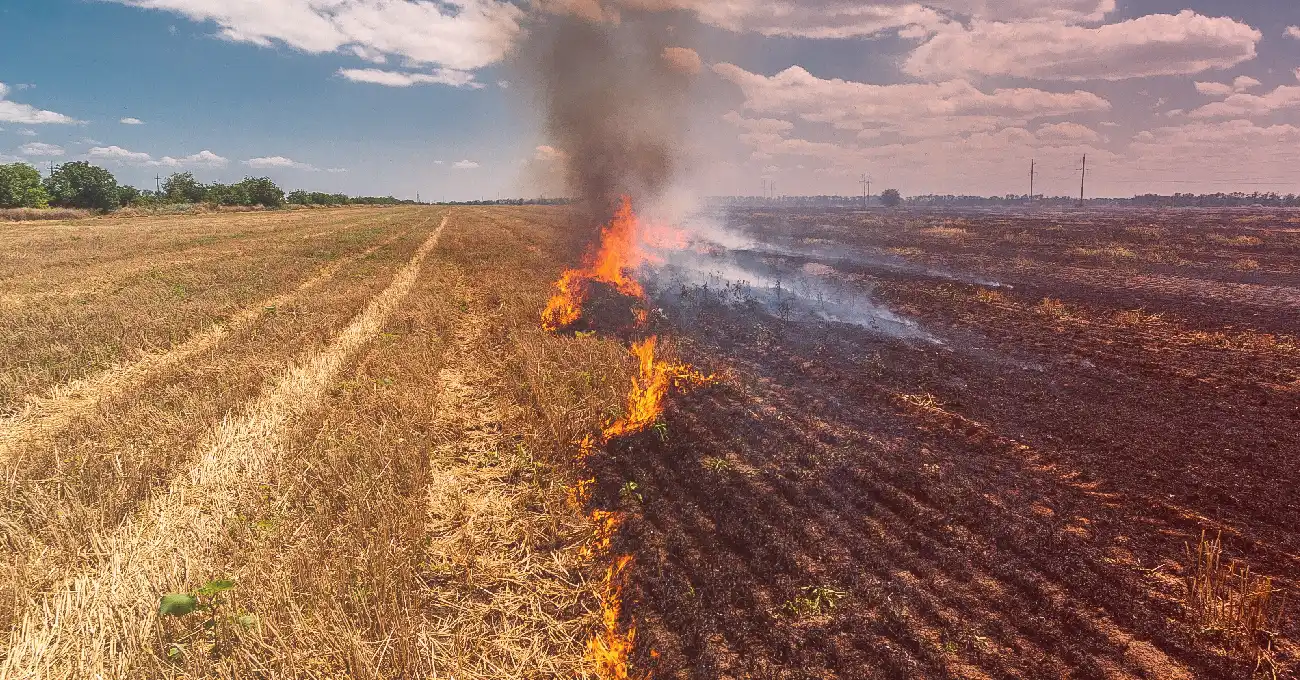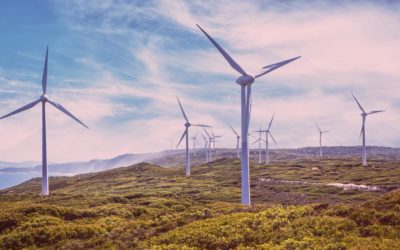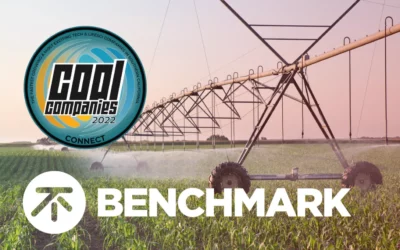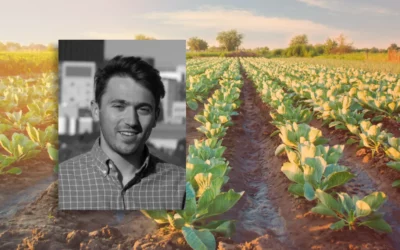How Do Wildfires Affect Agriculture
Wildfires have been influencing ecosystems around the world for millions of years and continue to do so today. In fire-shaped landscapes like California, evidence of this can be seen in the fire-resistant physical adaptations of native flora, like the coastal redwood and giant sequoia. Like the landscape, people in fire-prone areas also adapted to living and working with fire.
No two wildfires are alike
In the same way that no two wildfires are alike, the effects of wildfires on the people and land in agricultural areas are drastically variable. The impacts can be direct, such as destroying crops, or indirect, like emotional distress in a community. The impacts can also be immediate or take years to realize, from pollution to respiratory illnesses to soil composition changes.
Wildfires can affect agriculture directly by:
- Destroying crops in the path of the fire
- Smoke and heat can destroy outer layers of crops not even seen by fire
- Emotional distress caused by wildfire
- Certain crops can add fuel to the wildfire
- Smoke inhalation and chemicals in the air can affect a farmer’s health
Around the end of the 19th century, there was a societal shift away from coexisting with wildfires in the United States. The focus on wildfire’s ability to destroy and devastate human life and property led to policies that focused on wildfire prevention and suppression. As it would later be discovered, wildfire suppression can be detrimental to ecosystems and the accumulation of natural debris, that was previously cleared by wildfires. This accumulating debris provides increased fuel for future wildfires.
How do wildfires affect agriculture?
Wildfires can affect agriculture by damaging crops, orchards, livestock, farm infrastructure or affecting soil composition. Wildfires typically directly impact agricultural production and yield. While irrigated crops can be viewed as a “buffer” during a wildfire, wind-driven wildfires can easily burn well-irrigated crops. The heat from wind-driven fires can burn into multiple outer rows of crops, causing singeing, burning and even killing crops. Heat radiating directly from flames can damage sprinklers, fences and other agricultural infrastructure. Crops that are harvested when at a low moisture content, such as wheat and other grasses, can be especially susceptible to wildfires and many times fuel wildfires to a raging burn.
• Direct impacts on crops
Direct effects from wildfires on agriculture typically span periods of years to the affected farm. For example, if you have the three outer rows of your orchard scorched by a wildfire, it can affect your crop harvest for several years to come. If a farmer’s infrastructure is destroyed by a wildfire, it may affect their harvest depending on what equipment is ruined.
• Health and safety
Wildfires can also affect agriculture through the farmers who produce crops, farmland and work with farm animals. Health and safety should be taken very seriously for farmers, with wildfires being no exception. Many farmers assist with wildfire management in a time of need or are volunteer firefighters.
Farmers and their families are at high risk during wildfires for smoke and ash inhalation as well as chemical residue. Inhalation of wildfire smoke and gases can cause lasting effects on an agricultural worker’s lungs. Lost workdays can affect an agricultural farmer’s ability to produce crops. The extreme stress of wildfire season can also have an adverse effect on an agricultural farmer’s mental health.
• Wildfire management
Management of wildfires was previously focused on the burn. Controlled burns were intentional, deliberate, suppression stopped as soon as they started. Advances in technology now allow for influence to occur before the first curl of smoke rises into the sky until the last embers are extinguished.
How Can Benchmark Labs Help with the Impacts of Wildfire?
Current wildfire management strategies use historical management approaches, like suppression and controlled burns, that have broadened with technological advances. Benchmark Labs’ forecasting allows for predicting, preparing, and mitigating the effects of wildfires and creating intelligent decisions around when controlled burns should be administered. Forecasting, modeling and access to information are dependent on many factors; season, proximity, preparedness, quality and timeliness of the information.
From wine grapes to grazing lands, wildfires can have lasting effects on agriculture; let Benchmark Labs help you be prepared for a disaster.
Recent Posts
Wind Energy Forecasting Techniques With IoT & Machine Learning
[dssb_sharing_button icon_bg="#636979" _builder_version="4.16" _module_preset="default" background_color="#324155"...
Benchmark Labs Selected As 2022 Cool Company
CALIFORNIA – 24 March 2022 – Benchmark Labs Inc. (Benchmark Labs), a leading provider of asset-specific environmental forecasting solutions is selected as a 2022 Cool Company by Connect San Diego. Connect San Diego defines a Cool Company as one of the fastest, most...
Meet Marshall Borrus — Benchmark Labs Deployed Engineer
2022 APRIL 07 -- We are very excited to announce a new addition to the team! Marshall Borrus joins Benchmark Labs as a Deployed Engineer with experience from Stanford University as a Research and Project Assistant as well as experience in the winemaking industry....




